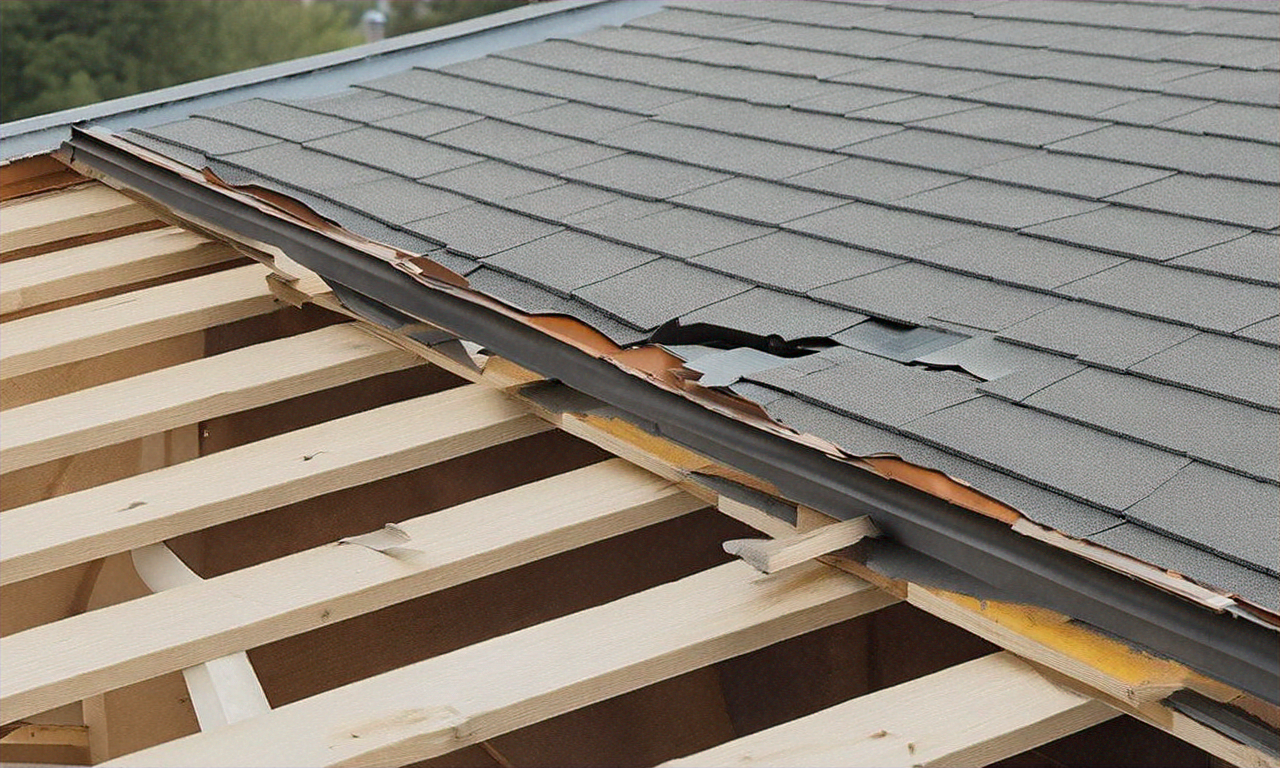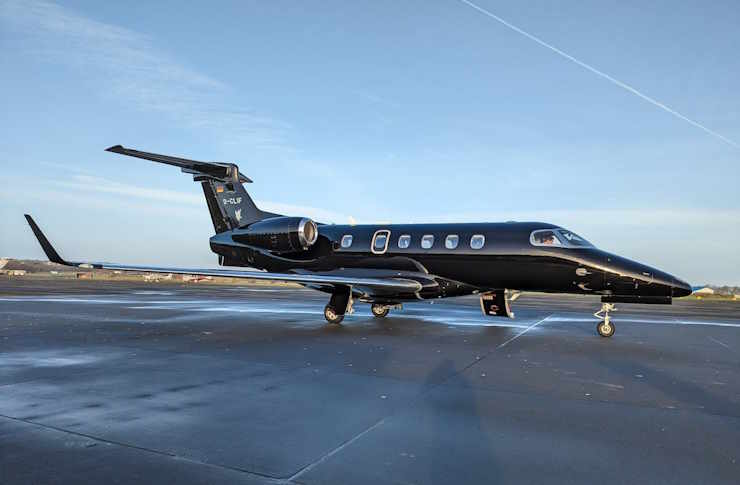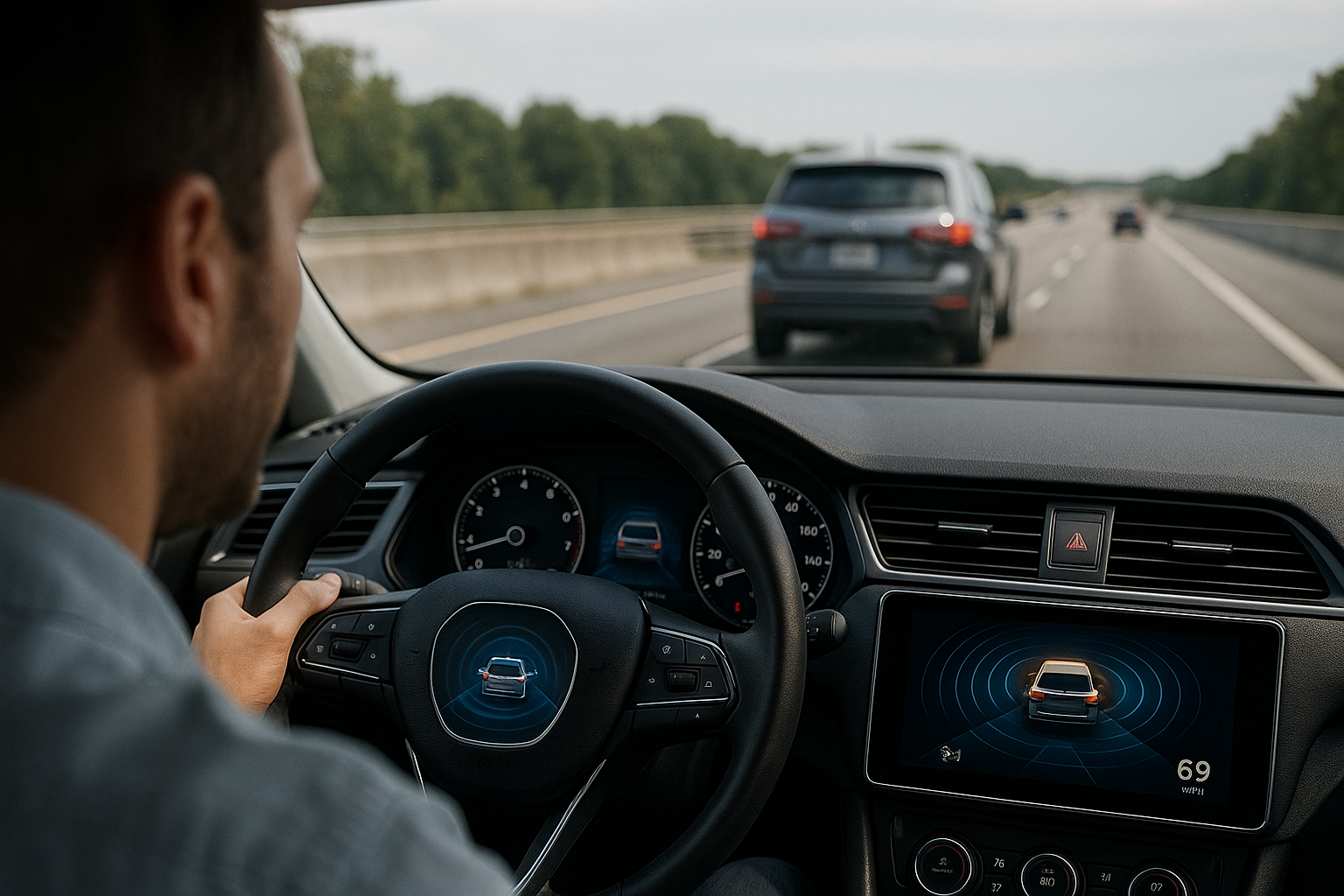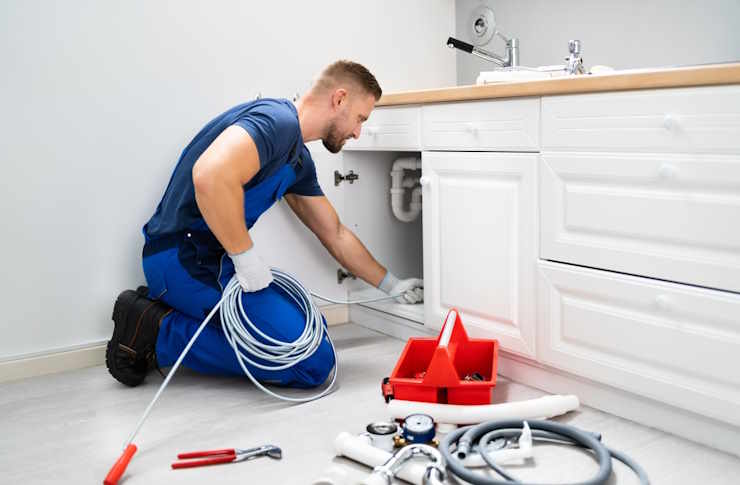Metal Roofs
Metal roofing has grown significantly in popularity for both residential and commercial buildings. These durable, energy-efficient roofing systems offer numerous advantages over traditional roofing materials. Metal roofs come in various materials including steel, aluminum, copper, and zinc alloys, each with unique characteristics that suit different architectural styles and climate conditions. Understanding the types, benefits, costs, and maintenance requirements can help property owners make informed decisions about whether metal roofing is the right choice for their building projects.

Types of Metal Roofing Systems
Metal roofing is available in several different forms, each with distinct advantages. Standing seam metal roofs feature raised seams where panels join, creating a distinctive linear look while effectively channeling water away from the roof. Metal shingles mimic the appearance of traditional asphalt shingles, wood shakes, or clay tiles while offering enhanced durability. Corrugated metal panels provide an economical option with their wave-like pattern, commonly used in agricultural and industrial applications. Stone-coated metal tiles combine the strength of metal with the aesthetic appeal of traditional roofing materials by adding stone granules to the surface. Each style offers different levels of wind resistance, fire protection, and aesthetic appeal to suit various architectural needs.
Benefits of Installing Metal Roofs
Metal roofing systems offer impressive longevity, typically lasting 40-70 years depending on the material and installation quality, compared to 15-30 years for traditional asphalt shingles. Their exceptional durability makes them resistant to extreme weather conditions including high winds (many are rated for 140+ mph winds), heavy snow, hail impact, and fire. Metal roofs reflect solar radiant heat rather than absorbing it, potentially reducing cooling costs by 10-25%. They’re also environmentally friendly, as most metal roofing contains recycled material and is 100% recyclable at the end of its lifespan. Additionally, many insurance companies offer discounted premiums for homes with metal roofs due to their superior protection against weather-related damage and fire resistance.
Common Metal Roofing Materials
Several metal types are used in roofing, each with distinct characteristics. Steel roofing is the most common and affordable option, typically galvanized or coated with zinc or aluminum for corrosion protection, then finished with paint or stone coatings. Aluminum roofing excels in coastal areas due to its natural corrosion resistance, though it costs more than steel. Copper roofing, while expensive, offers unmatched beauty and longevity, developing a distinctive patina over time and potentially lasting centuries with proper maintenance. Zinc alloy roofing provides self-healing properties for scratches, exceptional longevity, and develops a protective patina similar to copper. The choice of material significantly affects appearance, longevity, and price point, making it important to consider local climate conditions and architectural style when selecting a metal roof.
Installation Process and Timeline
The installation of metal roofing typically begins with an assessment of the existing roof structure, followed by removal of old roofing materials if necessary. Some metal roofing systems can be installed over existing asphalt shingles, eliminating removal costs. Professional installers will prepare the roof deck, install underlayment for additional weather protection, and then add the metal panels or shingles according to manufacturer specifications. Special attention is paid to flashing around chimneys, vents, and valleys to prevent water infiltration. For an average single-family home, installation typically takes 1-3 days, though this can vary based on roof complexity, weather conditions, and the specific metal roofing system being installed. Finding experienced contractors who specialize in metal roofing installation in your area is crucial for proper installation.
Finding Metal Roof Contractors in Your Area
When searching for metal roof contractors in your area, it’s important to find experienced professionals who specialize in metal roofing systems. Start by researching local contractors who have specific training and certification from metal roofing manufacturers. Request portfolios of completed projects and references from previous clients with similar roofing systems. Verify that contractors have proper licensing, insurance, and warranties covering both materials and workmanship. Many homeowners find reliable contractors through online review platforms, local roofing associations, or referrals from neighbors with metal roofs. Always obtain multiple detailed estimates that specify materials, labor costs, timeline, and warranty information before making a decision.
Metal Roof Pricing and Cost Factors
Metal roofing represents a significant investment with costs varying widely based on material choice, roof complexity, and location. While the upfront expense is higher than traditional roofing, the long-term value often justifies the initial cost.
| Roofing Material | Average Cost Per Square (100 sq ft) | Estimated Lifespan |
|---|---|---|
| Corrugated Steel | $150-$350 | 20-30 years |
| Steel Shingles | $350-$550 | 30-50 years |
| Standing Seam Steel | $600-$1,200 | 30-50 years |
| Aluminum | $600-$1,150 | 40-60+ years |
| Zinc | $800-$1,300 | 60-100 years |
| Copper | $1,100-$1,800 | 70+ years |
Prices, rates, or cost estimates mentioned in this article are based on the latest available information but may change over time. Independent research is advised before making financial decisions.
Additional factors affecting metal roof prices include roof complexity (valleys, dormers, and penetrations increase costs), geographic location, removal of existing roofing materials, and required structural reinforcements. Labor typically accounts for approximately 50-70% of the total project cost, so installation prices in your area will significantly impact the overall expense.
Metal Roof Maintenance Requirements
Metal roofs require minimal maintenance compared to traditional roofing materials. Regular inspections, ideally twice a year, can identify potential issues before they develop into costly problems. Keeping the roof clear of debris, leaves, and branches prevents moisture accumulation and potential damage. Periodically clean gutters and downspouts to ensure proper drainage. Touch up any scratches or paint damage to prevent corrosion, particularly on steel roofs. Avoid walking directly on the metal surface to prevent dents or damage to paint finishes. With proper care, metal roofs can easily meet or exceed their expected lifespan, making them a cost-effective long-term investment for most property owners.
Metal roofs offer compelling advantages in durability, longevity, energy efficiency, and environmental impact compared to traditional roofing materials. While the initial investment is higher, the reduced maintenance requirements and extended lifespan typically result in lower lifetime costs. Property owners considering metal roofing should research material options, find qualified local installers, and carefully evaluate both upfront costs and long-term benefits to determine if a metal roof aligns with their budget and property goals.




